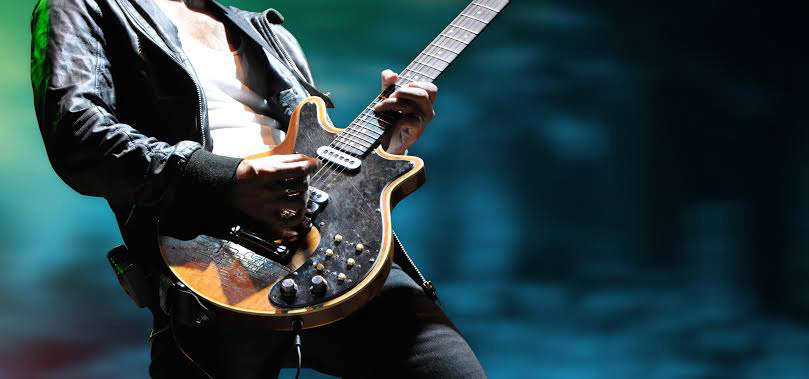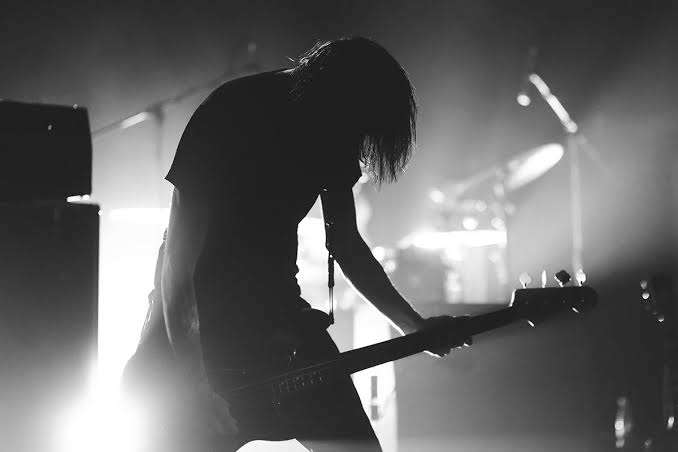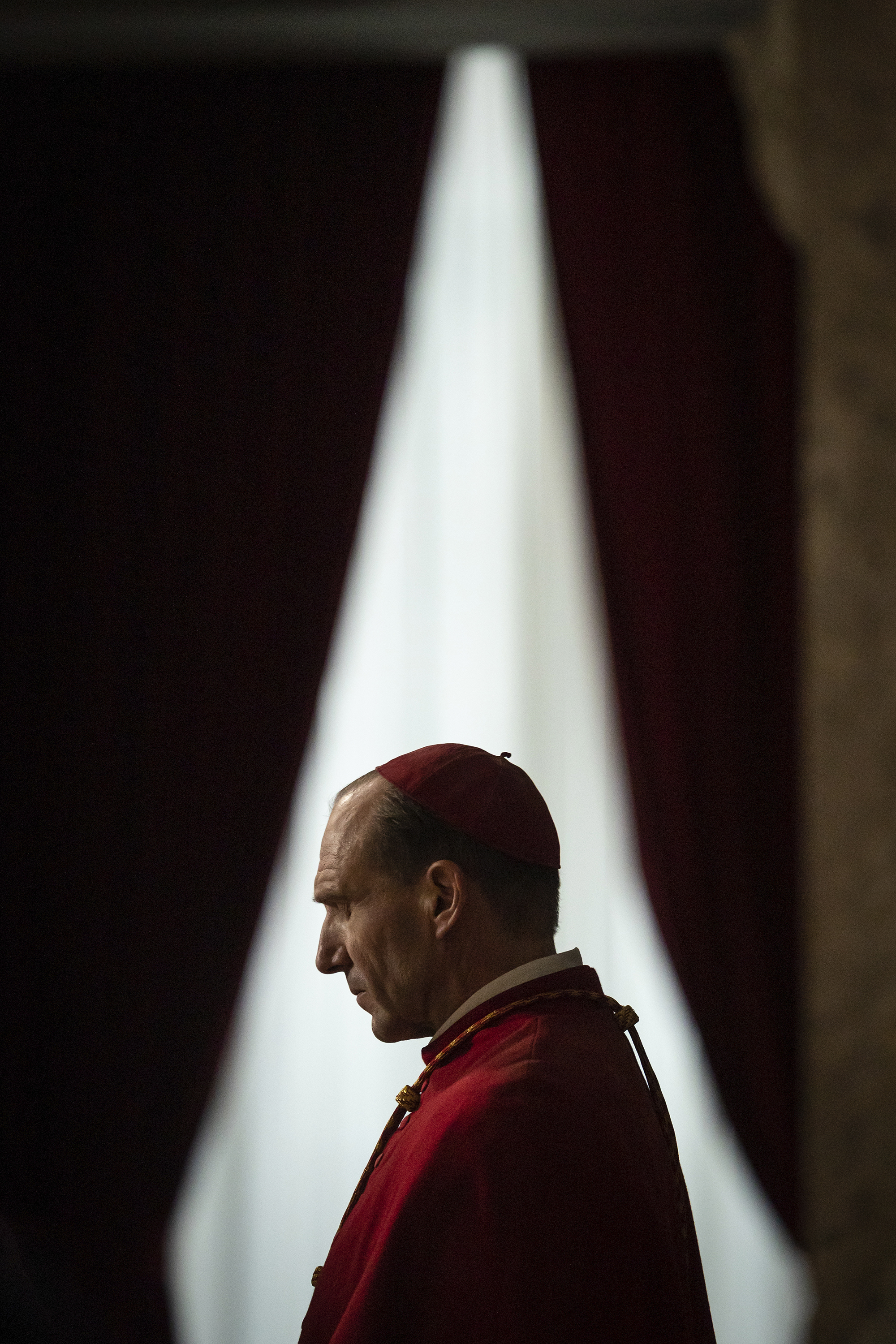
Though it has its critics, the film treats the gravity of a papal election with respect and accurately portrays many rituals and contemporary problems facing today’s Catholic Church.
Speculation surrounding a conclave to elect a pope is a time-honoured tradition.
But for the impending conclave following the death of Pope Francis, the ranks of armchair Vatican experts have swelled thanks to Hollywood.
Conclave the film, a moody 2024 political thriller, introduced many laypeople to the ancient selection process with its arcane rules and grand ceremony, albeit with a silver screen twist packed full of palace intrigue and surprise.
READ MORE: World leaders and prisoners bid farewell to 'pope among the people'
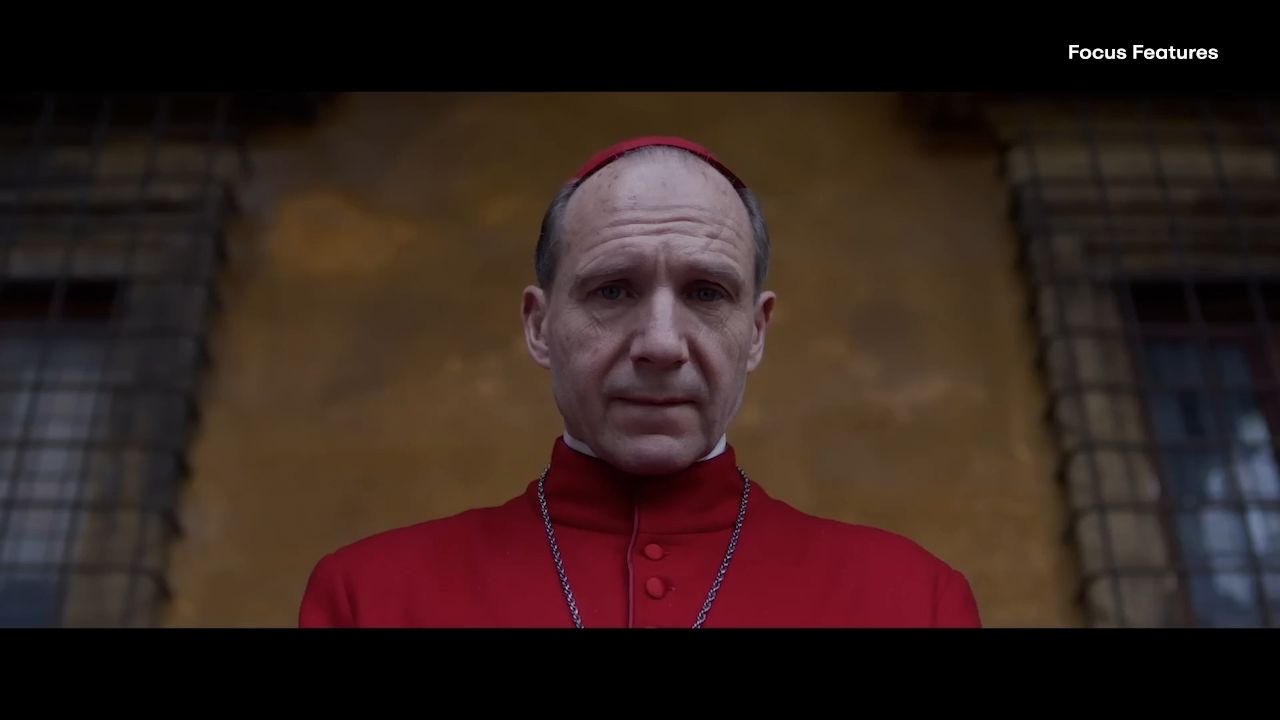
Though it has its critics, the film treats the gravity of a papal election with respect and accurately portrays many rituals and contemporary problems facing today’s Catholic Church.
But Vatican experts warn the movie doesn’t get everything right.
Here's a look at what Conclave does get right – and wrong – about conclaves. (Spoilers ahead.)
READ MORE: Labor to announce $204m pledge for around-the-clock healthcare
Scenery and aesthetics
The movie excels at re-creating the look and feel of a conclave.
“The film gets a lot right. They tried to reproduce the mise-en-scene of the Vatican accurately,” William Cavanaugh, a Catholic studies professor at DePaul University in Chicago, said in an email.
“They show that a lot of the drama is around the preconclave conversations among cardinals.”
It’s not a perfect re-creation, according to the Reverend Thomas Reese, a senior analyst with the Religion News Service and a Vatican expert.
He called the movie’s production values “marvellous,” but noted slight discrepancies in the cardinals' dress.
“The red in the cardinals’ garments was a deep red, while the reality is more orange. Frankly, I like the Hollywood version better,” Reese, a Jesuit priest who wrote Inside the Vatican: The Politics and Organisation of the Catholic Church, said in an email.
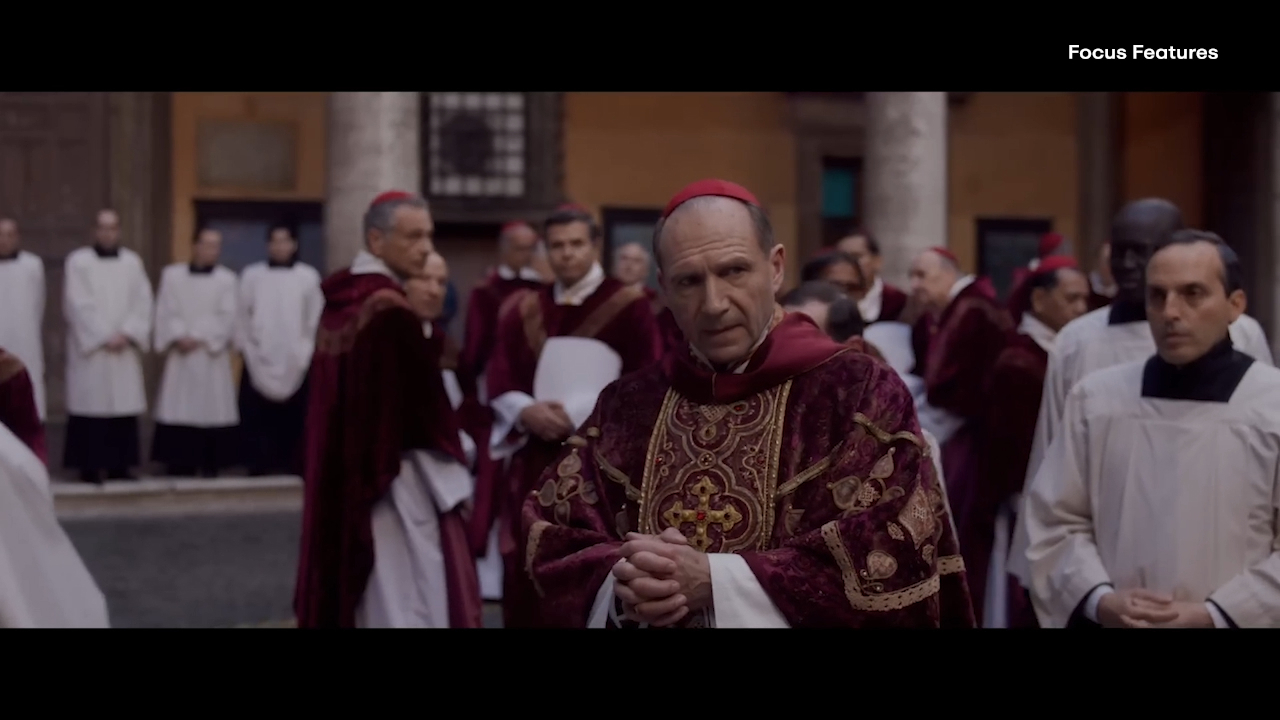
Papal protocols
The movie aligns with real-life expectations for a quick conclave, said Massimo Faggioli, a historical theology professor at Villanova University in Pennsylvania.
“A long conclave would send the message of a Church divided and possibly on the verge of a schism. The history of the conclaves in the last century is really a story of short conclaves,” he said via email.
Reese pointed out other discrepancies. While the voting process was depicted accurately, he said, the ballots are burned not after each vote, but after each session, which is typically two votes.

Holy plot holes
There are a few particularly egregious errors that, if corrected, would lead to a very different movie.
A key character in the film, the archbishop of Kabul, Afghanistan, arrives just before the conclave with paperwork declaring the late pope had made him a cardinal "in pectore" – “in secret” – allowing him to vote for the next pope.
“The biggest mistake in the movie was the admission of a cardinal in pectore into the conclave,” said Reese.
“If the name is not announced publicly by the pope in the presence of the College of Cardinals, he has no right to attend a conclave.”
Cavanaugh agreed and noted that while the movie's twist about the Kabul archbishop was far-fetched, it does point to a certain truth about conclaves.
“The cardinals do not always know who they’re getting when they elect a pope,” he said.
“If the cardinals knew how (Jorge Mario) Bergoglio would be as Pope Francis, many of them wouldn’t have voted for him.
"Pius IX was elected as a liberal and turned into an archconservative. John XXIII was supposed to be a jolly caretaker pope, and he unleashed Vatican II,” a series of modernising reforms.
Another of the movie's more outlandish storylines involves the dean of the College of Cardinals breaking the seal of the confessional by revealing to another cardinal what a nun confessed to him, said Reese.

“He committed a mortal sin and would be automatically excommunicated. Such an action would be egregiously wrong,” Reese said.
In addition to that, a cardinal paying for votes, as shown in the film, is unheard of in modern times, said Cavanaugh, and the politicking is exaggerated.
READ MORE: Behind Alex Dyson's six-year fight to unseat a Liberal MP
And so are the politics.
The movie errs in making cardinals into either liberal or conservative champions, said Kurt Martens, professor of canon law at the Catholic University of America in Washington.
“Those labels don’t help us,” he said because cardinals are very cautious in expressing their opinions and “even someone we think is a liberal cardinal is pretty conservative by secular standards.”
And he added that even in an unusually large conclave like this year’s, the rule requiring the next pope wins at least a two-thirds majority of the vote ensures that “whatever we call extreme” likely won’t get enough votes.
DOWNLOAD THE 9NEWS APP: Stay across all the latest in breaking news, sport, politics and the weather via our news app and get notifications sent straight to your smartphone. Available on the Apple App Store and Google Play.
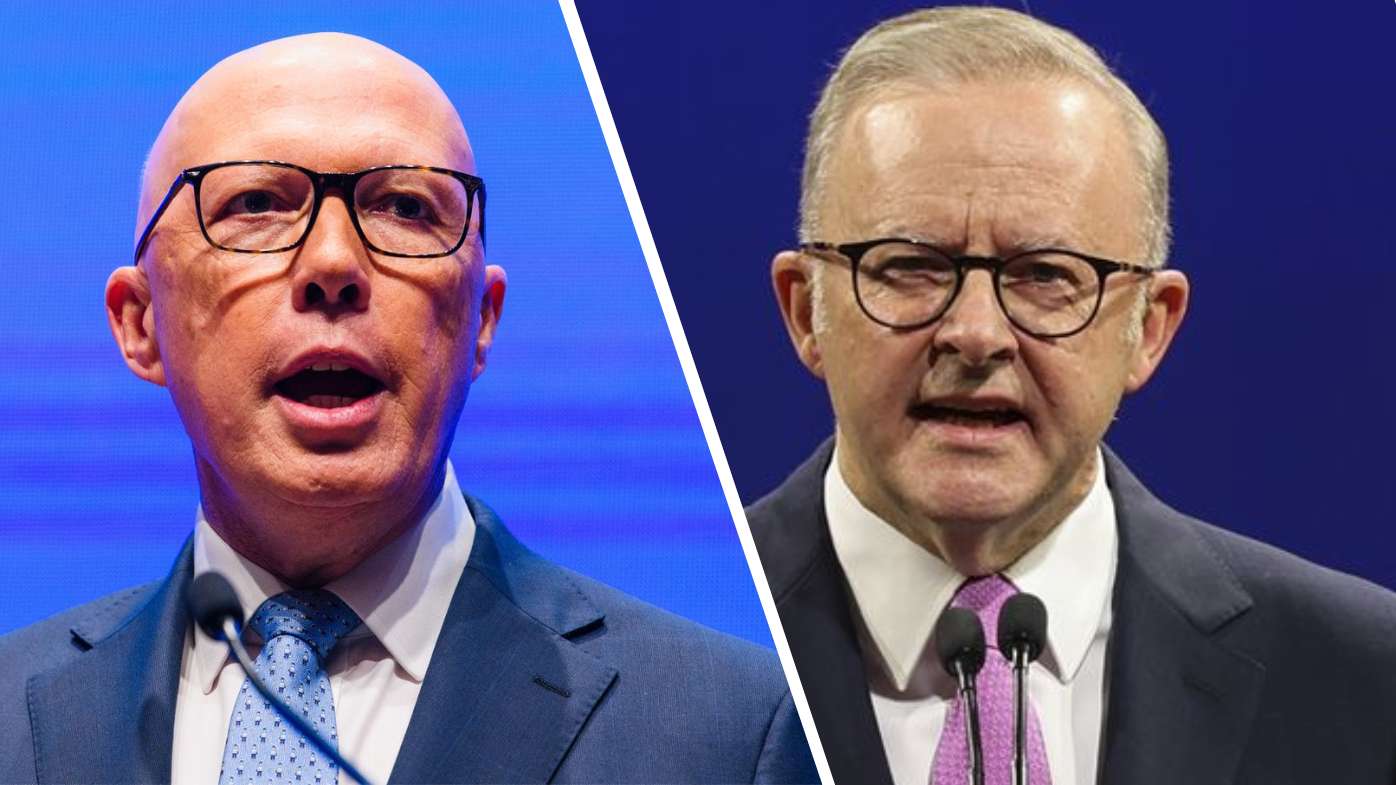 Albanese dubbed clear winner in final leaders' debate
Albanese dubbed clear winner in final leaders' debate
 Thousands rally after alleged murder of teen Audrey Griffin
Thousands rally after alleged murder of teen Audrey Griffin
 'Like a war zone:' Nine dead after car driven into crowd in Vancouver
'Like a war zone:' Nine dead after car driven into crowd in Vancouver
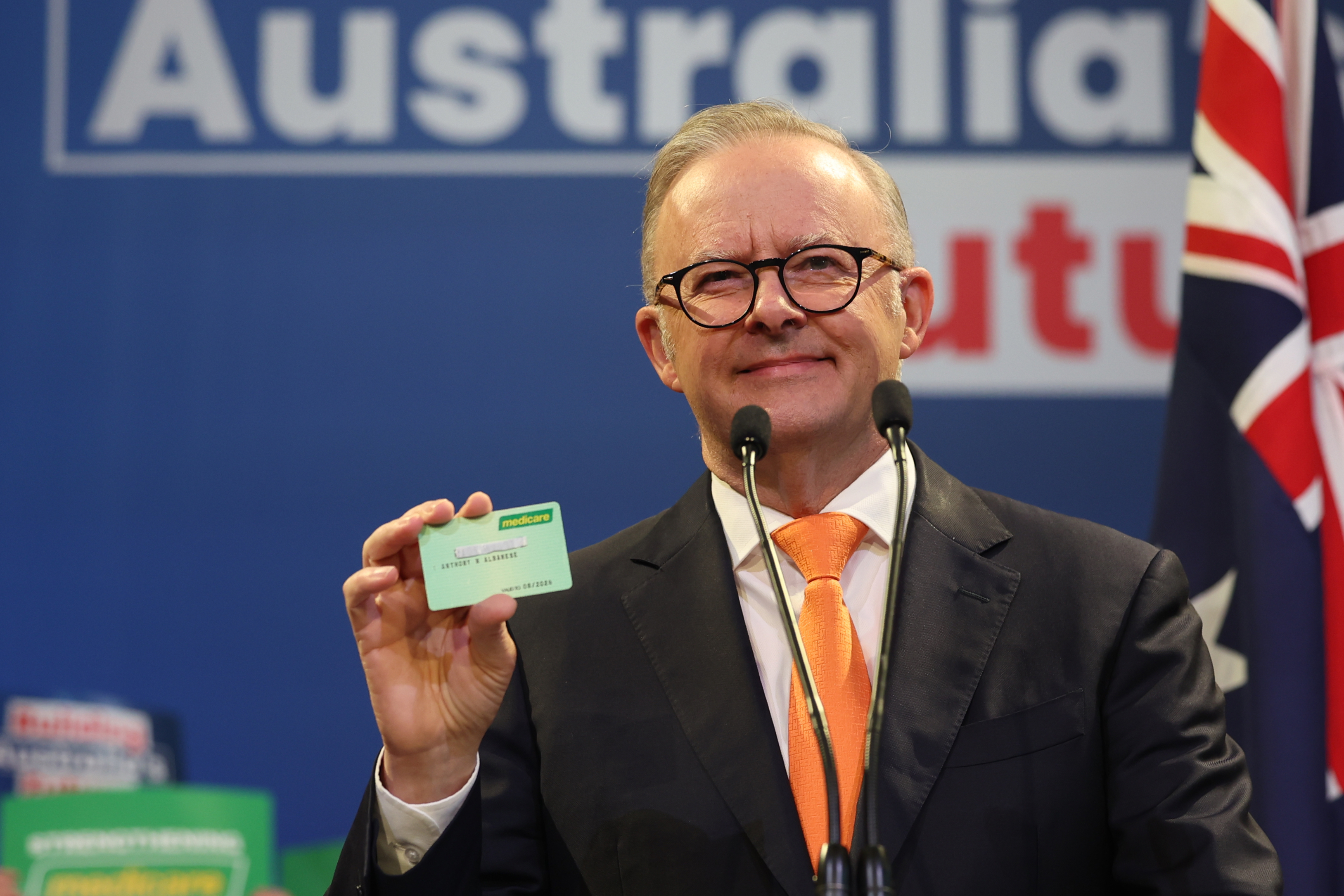 'Life isn't 9-5': Labor pledges $204m for Medicare overhaul
'Life isn't 9-5': Labor pledges $204m for Medicare overhaul
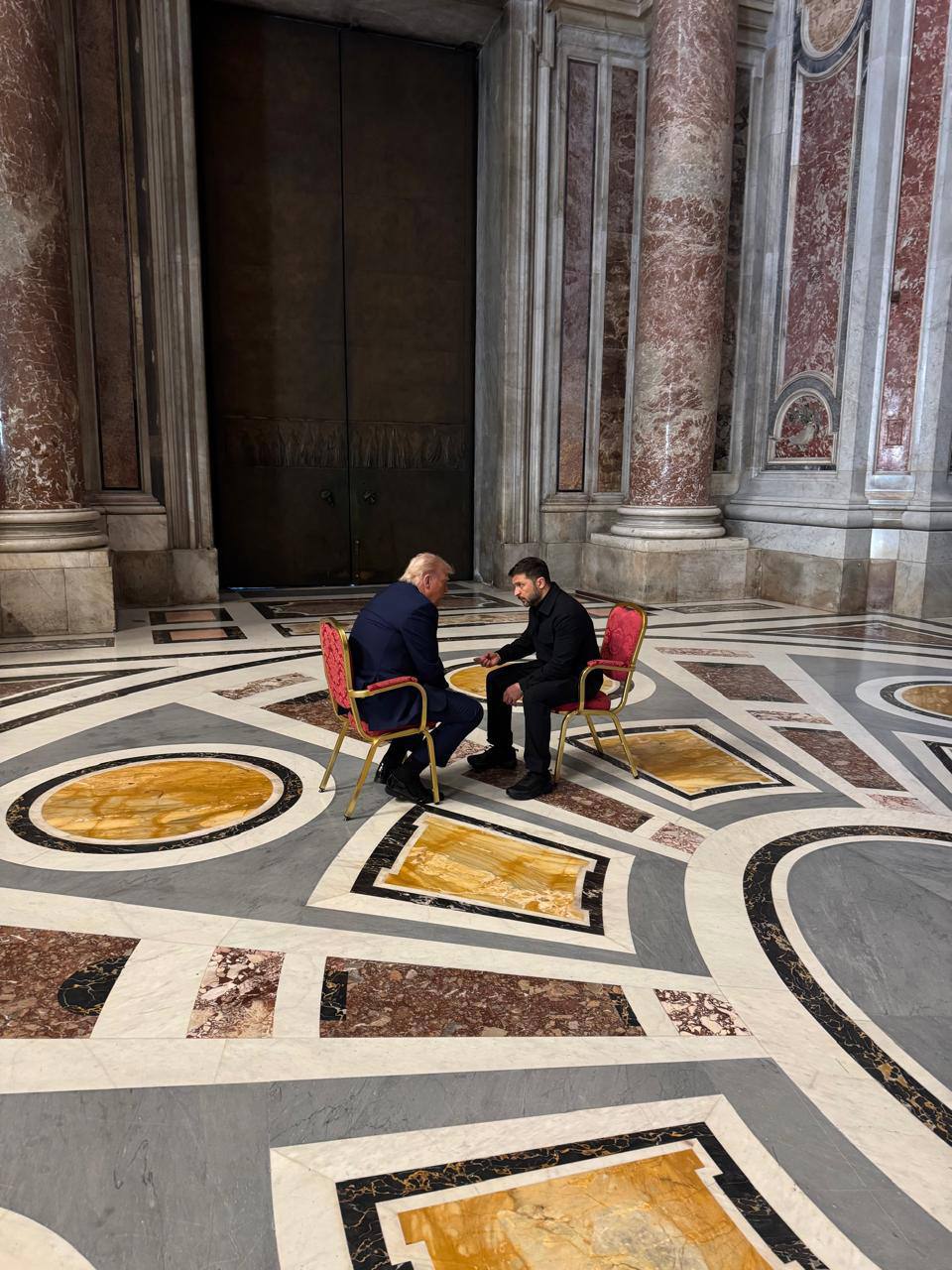 Trump's pointed message to Putin after meeting Zelenskyy in St Peter's Basilica
Trump's pointed message to Putin after meeting Zelenskyy in St Peter's Basilica
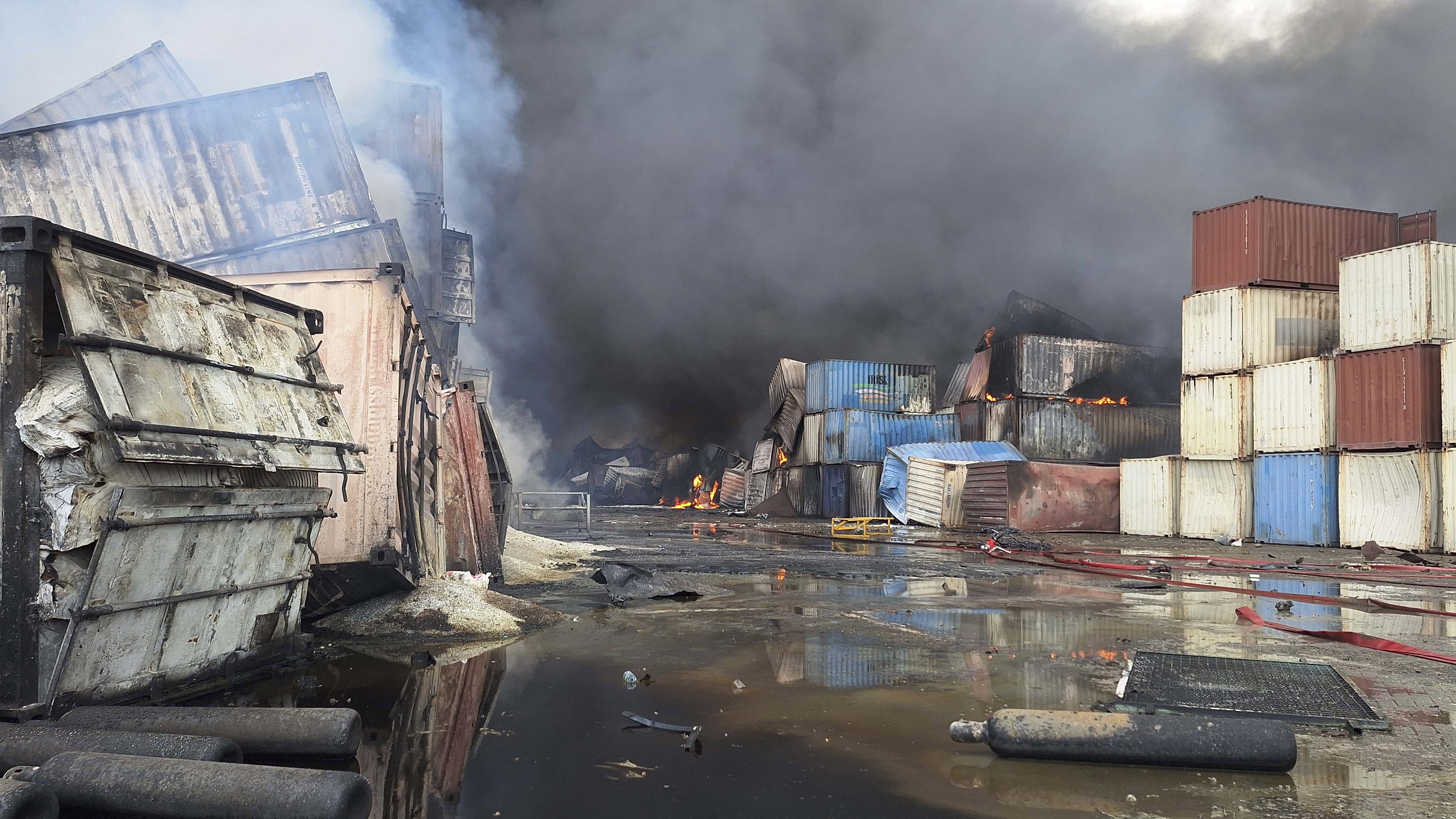 Massive explosion at Iranian port kills dozens
Massive explosion at Iranian port kills dozens
 It might be Carney vs Poilievre, but Trump is unofficially on the ballot
It might be Carney vs Poilievre, but Trump is unofficially on the ballot
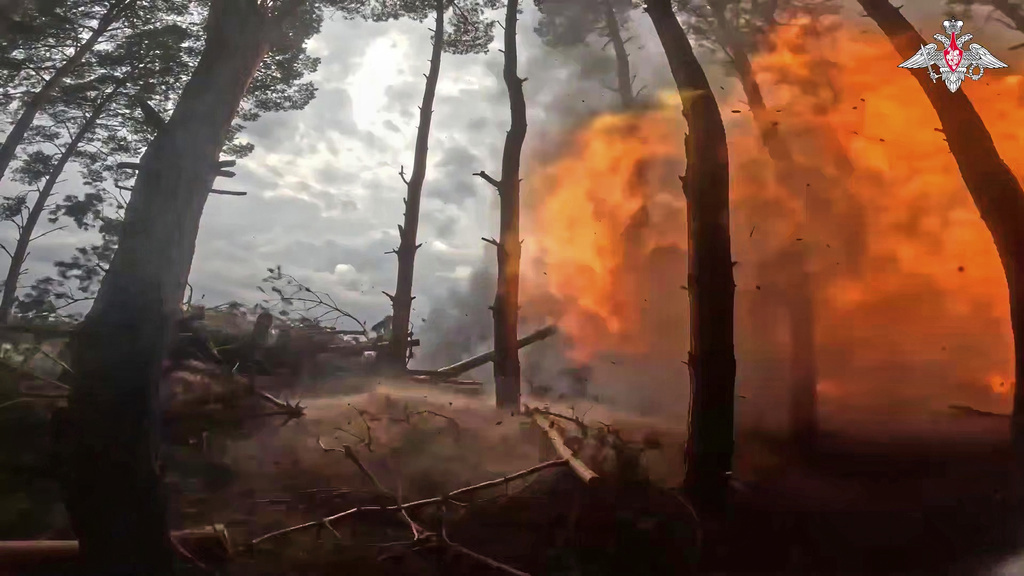 Russia drone barrage after Trump doubts Putin's desire for peace
Russia drone barrage after Trump doubts Putin's desire for peace
 Five charged after brawl at Sydney U7s football game
Five charged after brawl at Sydney U7s football game
 Albanese and Dutton's campaign blitz during final march towards polls
Albanese and Dutton's campaign blitz during final march towards polls
 Mystery stranger caught sneaking in to swim in family's pool multiple times
Mystery stranger caught sneaking in to swim in family's pool multiple times
 Warning to long weekend drivers as heavy rain, strong winds lash east coast
Warning to long weekend drivers as heavy rain, strong winds lash east coast
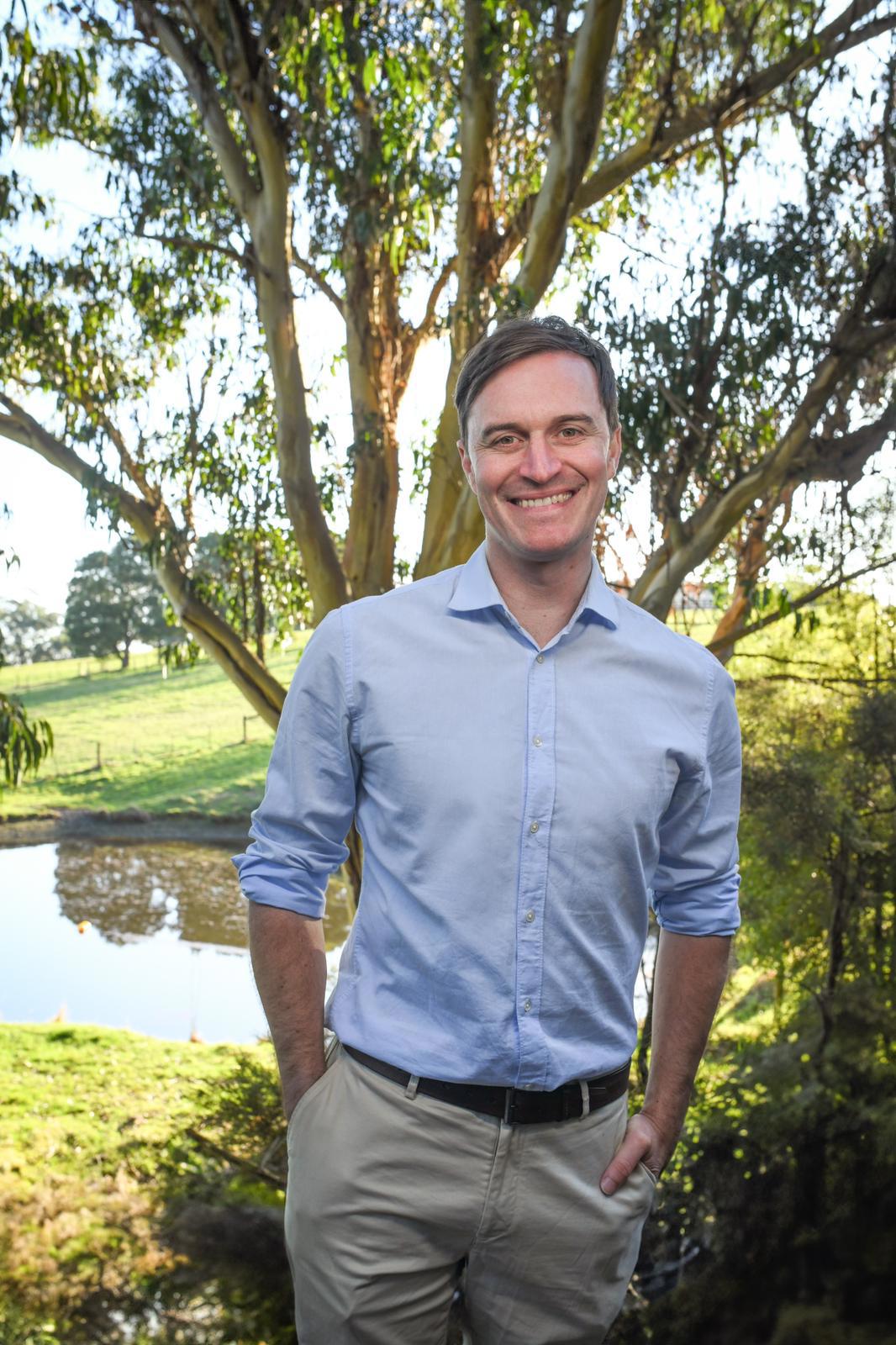 'Knocked on 20,000 doors': Alex Dyson's six-year fight to unseat Liberal MP
'Knocked on 20,000 doors': Alex Dyson's six-year fight to unseat Liberal MP
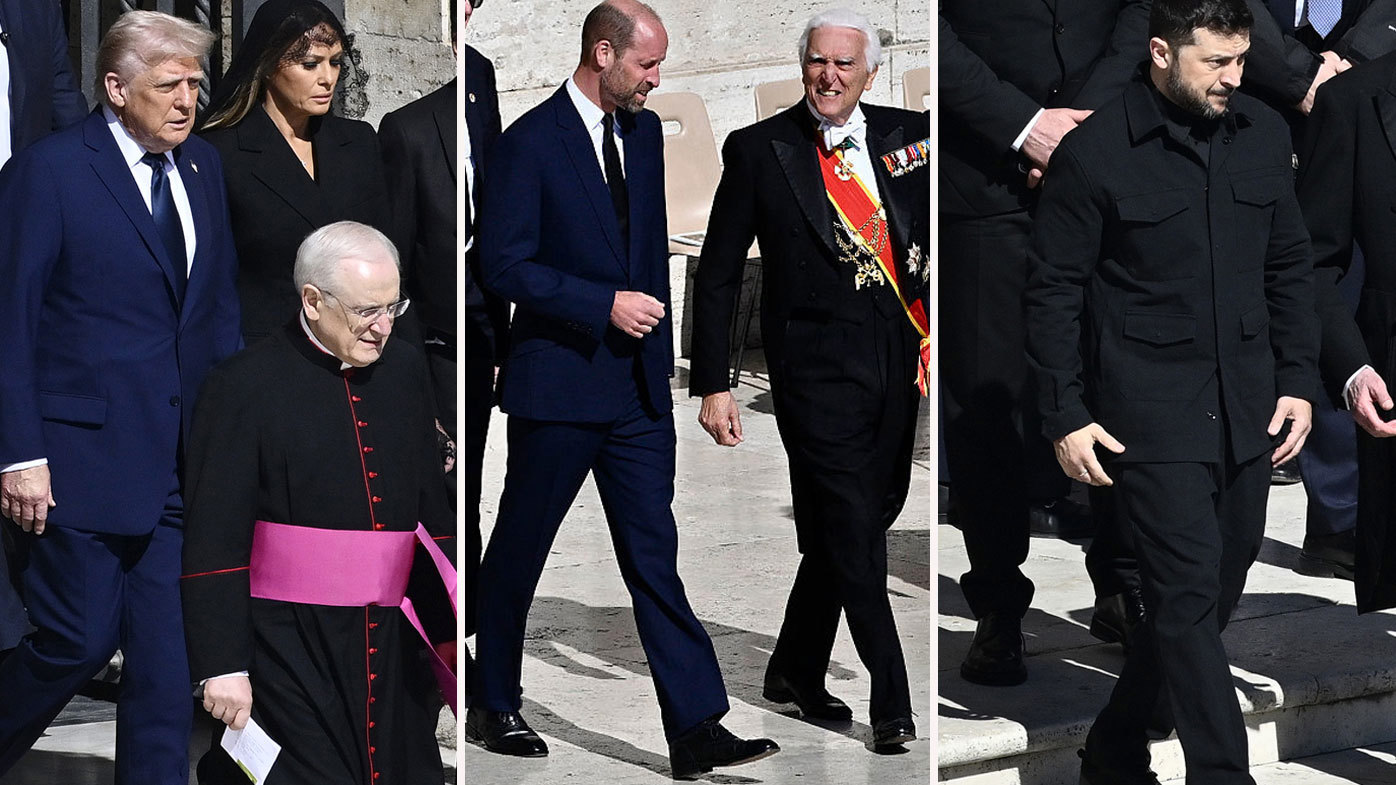 Funeral of Pope Francis: World leaders and royals pay their respects
Funeral of Pope Francis: World leaders and royals pay their respects
 Unexpected humpback whale sighting sets off shark alarm at Sydney beach
Unexpected humpback whale sighting sets off shark alarm at Sydney beach
 Aussie had to travel 6600km to get her hands on one of these 'creepy' little things
Aussie had to travel 6600km to get her hands on one of these 'creepy' little things


